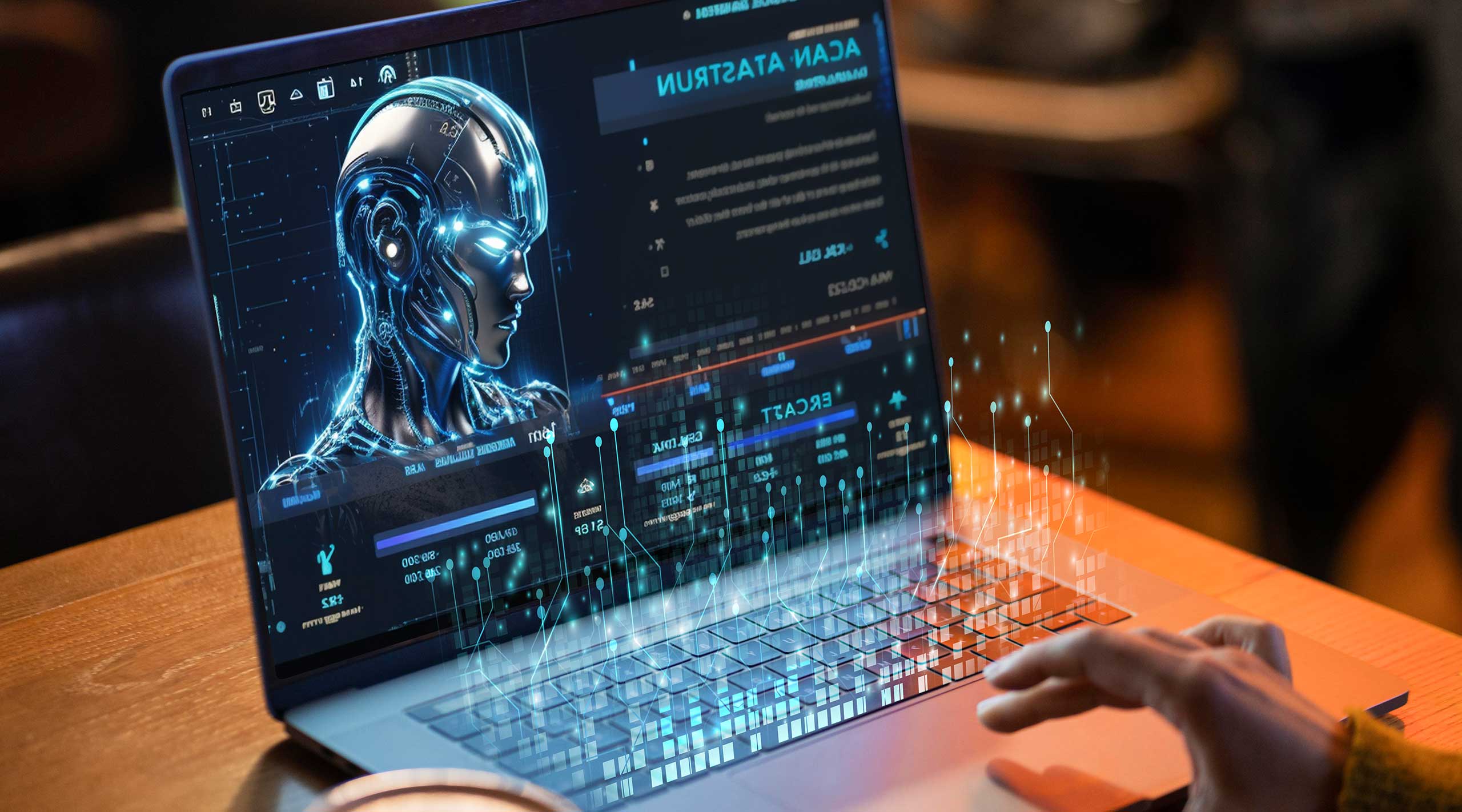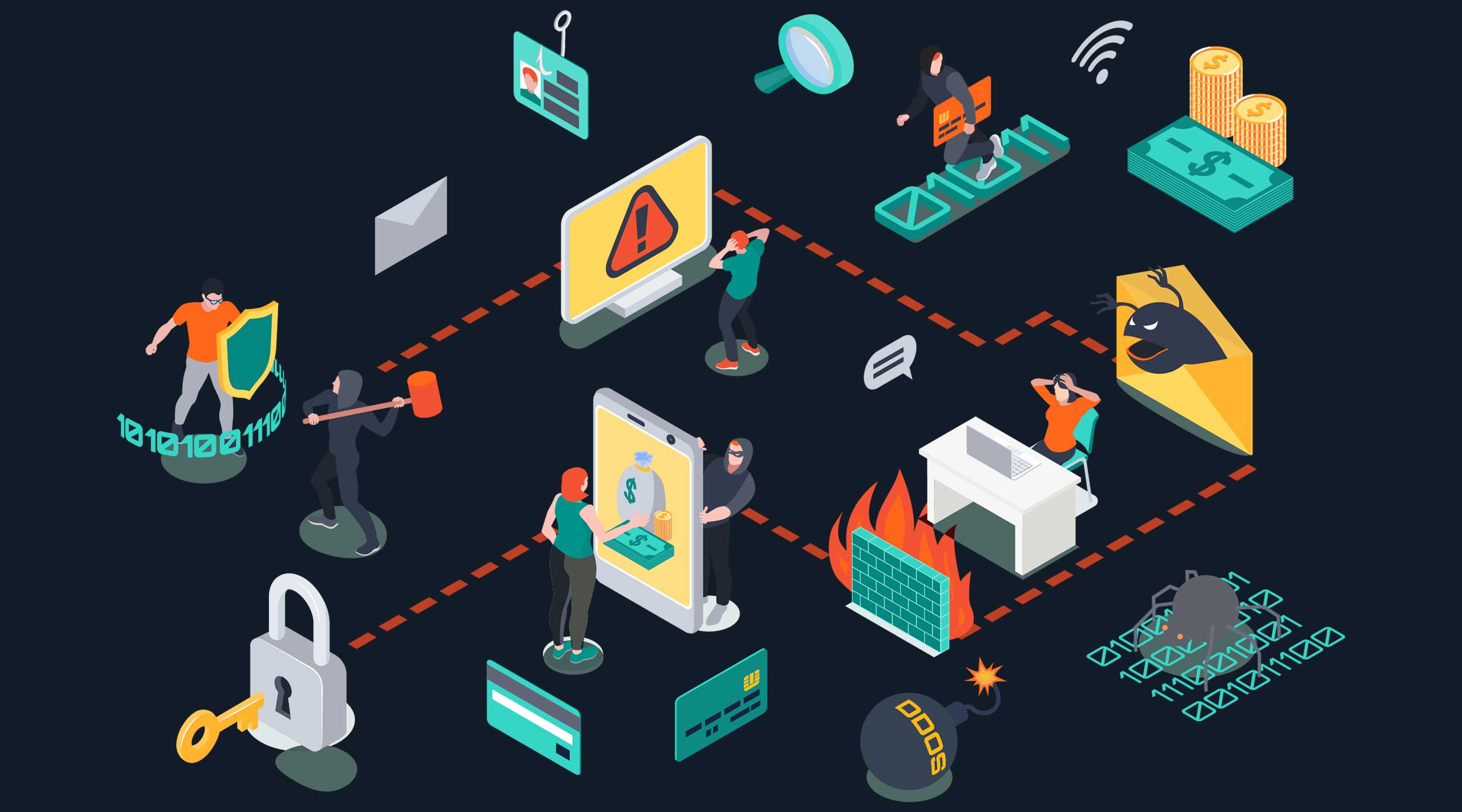
The Rise of Artificial Intelligence in Cybersecurity
In today’s interconnected world, where data breaches and cyberattacks are rampant, safeguarding digital assets has become paramount. As cyber threats grow in sophistication and frequency, traditional cybersecurity measures alone are no longer sufficient. Enter artificial intelligence (AI) and machine learning (ML), the dynamic duo reshaping the landscape of cybersecurity. By leveraging AI-driven technologies, organizations can bolster their defense mechanisms, detect emerging threats, and respond swiftly to potential breaches. Let’s delve into the realm of AI in cybersecurity and explore its transformative impact.
Cyber threats are becoming increasingly advanced, requiring cybersecurity professionals to utilize innovative tools and technologies. Artificial intelligence (AI) and machine learning have emerged as game-changing solutions, revolutionizing the field of cybersecurity.
Detecting Anomalies and Threats
One of the primary applications of AI in cybersecurity is anomaly detection. Traditional rule-based systems struggle to keep pace with the evolving tactics of cybercriminals. AI-powered anomaly detection algorithms, on the other hand, can analyze vast datasets in real-time, identifying deviations from normal patterns that may indicate malicious activity. These algorithms learn from historical data, continuously refining their models to adapt to new threats.
For instance, anomaly detection can help detect unusual network traffic patterns, unauthorized access attempts, or anomalous user behavior within an organization’s systems. By flagging suspicious activities promptly, AI empowers cybersecurity teams to proactively mitigate risks before they escalate into full-fledged attacks.
AI for Anomaly Detection
One major application of AI is anomaly detection. By analyzing patterns in data, AI systems can identify activities that deviate from normal behavior, flagging potential threats. AI-powered anomaly detection is now integrated into security information and event management (SIEM) platforms, allowing the automation of threat detection.
Threat Hunting and Intelligence
AI augments human capabilities in threat hunting, the proactive search for cyber threats within an organization’s network. ML algorithms can sift through massive amounts of data, correlating disparate information sources to uncover hidden threats that evade traditional detection methods. By analyzing indicators of compromise (IoCs), such as malware signatures, suspicious IP addresses, or unusual file modifications, AI-driven threat hunting tools can identify potential security breaches and vulnerabilities.
Moreover, AI-powered threat intelligence platforms continuously monitor the digital ecosystem, aggregating data from diverse sources like dark web forums, social media, and security feeds. By analyzing this wealth of information, organizations can stay ahead of emerging threats, anticipate attack vectors, and fortify their defenses accordingly.
Automated Incident Response
In the event of a cyberattack, swift and decisive action is crucial to minimizing damage and restoring normal operations. AI enables automated incident response mechanisms that can react in real-time to security incidents, mitigating the impact of breaches.
For example, AI-driven security orchestration platforms can automatically quarantine infected devices, block malicious IP addresses, or initiate system-wide patches to address vulnerabilities. By automating routine tasks and decision-making processes, AI empowers cybersecurity teams to focus their efforts on more strategic initiatives while accelerating incident resolution times.
The Future of AI in Cybersecurity
While still evolving, AI’s pattern recognition, threat detection, and machine-speed capabilities make it invaluable for cybersecurity defense. As attacks become more frequent and damaging, AI may tip the scales back in favor of cybersecurity teams. With the rise of AI, organizations can strengthen defenses, identify threats faster, and minimize breach impacts. AI represents the next generation of cybersecurity technology.
Real-World Applications
The integration of AI in cybersecurity is already revolutionizing the way organizations defend against cyber threats:
- Endpoint Protection: AI-powered endpoint security solutions can detect and prevent malware infections, ransomware attacks, and zero-day exploits by continuously monitoring endpoint devices for suspicious activities.
- Fraud Detection: Financial institutions leverage AI algorithms to detect fraudulent transactions and identify patterns indicative of fraudulent behavior, reducing financial losses and safeguarding customer assets.
- Email Security: AI-based email security platforms utilize natural language processing (NLP) to analyze email content and attachments, identifying phishing attempts, malicious links, and spoofed addresses before they reach users’ inboxes.
As cyber threats continue to evolve in complexity and scale, the role of artificial intelligence in cybersecurity will only become more pronounced. By harnessing the power of AI and machine learning, organizations can fortify their defenses, detect emerging threats with greater accuracy, and respond swiftly to cyber incidents. However, it’s essential to recognize that AI is not a panacea; it must complement human expertise and oversight to ensure effective cybersecurity posture. Embracing AI-driven technologies equips organizations with the tools they need to navigate the ever-changing threat landscape and safeguard the digital frontier for years to come

